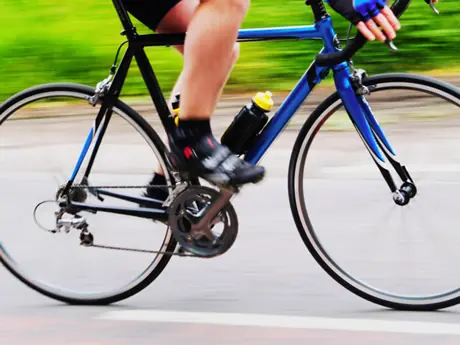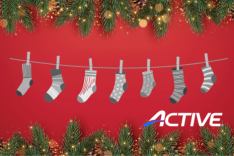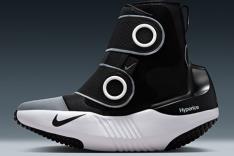
If you were ever a fan of Lance Armstrong, then you've probably heard a million times that it was his pedal cadence that could be attributed to his gigantic change and improvements as a cyclist. Before 1999, Lance was a masher, hammering and fighting his bike on the way to many solo stage victories and a few of the classics.
Lance himself attributed Miguel Indurain for the switch to a higher pedal cadence before his first Tour de France victory, saying way back when in 1999 that higher cadences were more efficient and allowed for the body to recover at a much quicker rate. While we know now that pedal cadence wasn't the only thing Lance was using to recover, there is some validity to Miguel "Big Mig" Indurain's advice to young Lance. To become a more efficient cyclist, you need to become a more efficient at pedaling.
More: Smooth Your Pedal Stroke with a Fixed Gear
This isn't to say that every cyclist needs to pedal at 110 rpms (revolutions per minute) the way Lance did. Chrissie Wellington has proven through her relatively low cadence (between 60 and 70 rpms) that there isn't a magic number that you have to hit in order to become a more efficient and powerful cyclist.
However, just because some cyclists prefer high cadences and others opt for lower, slower pedaling rates, it is important to practice riding at a higher cadence regardless of what you find to be the most comfortable as a cyclist. Practicing pedaling in higher cadences will make your pedal stroke more efficient and help to work out any dead spots where power isn't being produced.
More: Thoughts on Pedal Cadence from Observing the Tour
How to Count Pedal Cadence
A lot of bicycle computers have sensors that go near the crank that count pedal cadence for you. If you don't have one, you can measure your cadence by counting how many times one knee rises during a 30-second interval. Double this number, and you have your revolutions per minute. It isn't as accurate as a computer, but you can make it work.
More: The Risks of Low Cadences in Indoor Cycling Classes
- 1
- of
- 2








Discuss This Article